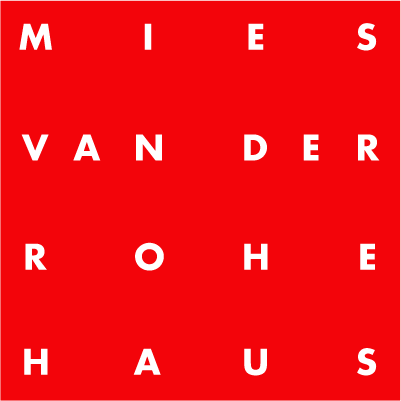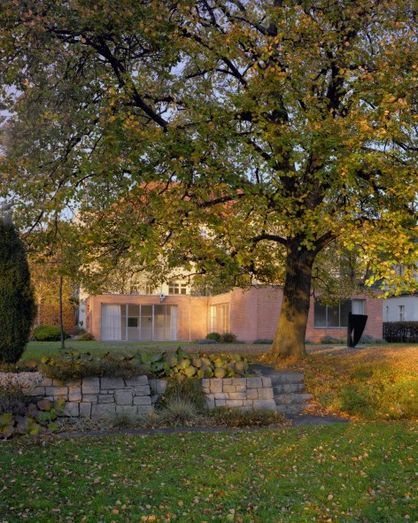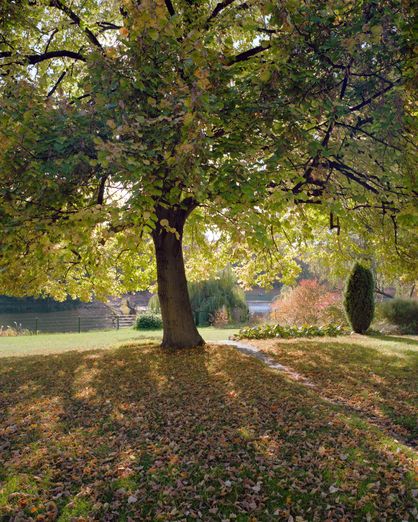Archive
ANNUAL THEME OVERVIEW
2022 . LIVELINESS AND ABSTRACTION
Max Frintrop, Gerold Miller, Simon Behringer, Jan Maruhn, Dietrich Neumann
2021 . SPACE-TIME-ODYSSEY
Jan Maruhn, Dominik Olbrisch, Annika Weise, Tadaaki Kuwayama, Gregor Hildebrandt
2020 . SPACE-TIME-ODYSSEY
Jörn Köppler, Albert Kirchengast, Veronika Kellndorfer
2019 . AVANTI-AVANTI-100
Jill Baroff, Joachim Grommek, Jan van den Ploeg, Rakuko Naito, Thomas Rentmeister, Michel Verjux, Sabine Boehl, Daniel Buren, Günter Fruhtrunk, Ilya and Emilia Kabakov, Heike Mutter und Ulrich Genth, Sergei Tchoban
2018 . MIES - SITZEN UND LIEGEN
Peter Piller, Thomas Ruff, Mariko Takagi, Sebastian Stumpf
2017 . GLAS
Kai Schiemenz, Isa Melsheimer, Julius Weiland
2016 . KUNST IN DER NATUR
Stefan Löffelhardt, José Heerkens, Beat Zoderer, Heidi Specker
2015 . INNEN UND GEGENÜBER
Alfons Lachauer, Peter Downsbrough, Julia Mangold, Alan Johnston, Renate Wolff
2014 . INNEN UND GEGENÜBER
Hanf Zimmermann, Helmut Stromsky, Gerold Miller, Michael Wesely, Fumiaki and Mami Maruoka Nagashima
2013 . HAUPTSACHE GRAU
Andreas Barth, Sotirakis Charalambou, Alfonso Fratteggiani Bianchi, Raimund Girke, Matt McClune, Jürgen Paatz, Robert Sagerman, Elisabeth Sonneck, Icke Winzer, Sanford Wurmfeld
Andrea Alteneder, Mateo Cohn, Claudia Desgranges, Gabriele Evertz, András Gál, Jakob Gasteiger, Rosa M Hessling, Dorothee Joachim, Raymund Kaiser, Hartwig Kompa, Maria Lalić, Gabriele Schade-Hasenberg, Peter Tollens, Tinka v. Hasselbach
Thomas Bechinger, Susanne Circel, Helmut Dirnaichner, Gotthard Graubner, Callum Innes, Judy Millar, Rita Rohlfing, Wolfgang Schröder, Séan Scully, Peter Stohrer, Winfried Virnich, Christoph Wedding, Gerhard Wittner, Miro Zahra, Michaela Zimmer
Josef Albers, Alan Charlton, Hans Jörg Glattfelder, Andrzej Gieraga, James Howell, Caro Jost, Arnulf Letto, Dennis Meier, Gerold Miller, Otto Reitsperger, Sibylle Wagner, Peter Weber, Susan York
2012 . DIE KUNST DES EINFACHEN
Beate Terfloth, Max Cole, Ray Malone, Giorgio Griffa
2011 . MIES 125
Ludwig Glaeser, Nelly Rudin, Udo Dagenbach, Jürgen Partenheimer, Kumiko Kurachi
2010 . REFUGIUM DER SCHÖNHEIT
Günther Uecker, Rita Ernst, herman de vries, Christiane Conrad
2009 . INSPIRATION BAUHAUS
Andreas Reiter Rabe, Franz Erhard Walter, Waldo Balart, Karl Duschek
2008 . REFLEXIONEN
Bob Bonies, Ulrich Erben, Francis Zeischegg, Klaus Schmitt, Jörg Bürkle
2007 . GEDACHTE RÄUME
Peter Krauskopf, Anton Stankowski, Reinhard Roy, Jan Klopfleisch, Norvin Leineweber, Martina Debus
2006 . AKZENT UND KONTRAPUNKT
Bruno Erdmann, Alfred Hückler, Keiko Sadakane, Martin Noel



